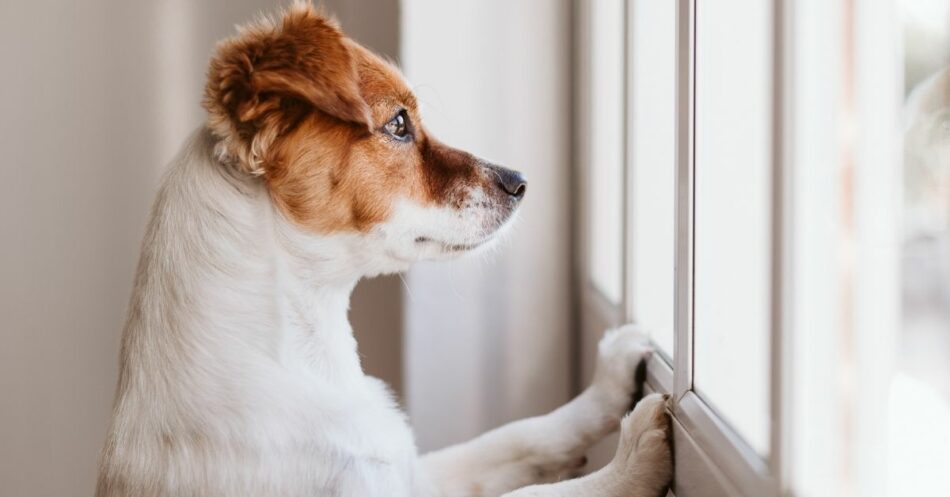
How to Keep an Anxious Dog Calm When He’s Left Home Alone
This post may include affiliate links. Please read my disclosure policy.
Who hates it more when your dog is left home alone? You or your dog? Truth be told, we would love to have our dogs right by our side everywhere we go. And our dogs would agree! Unfortunately, for most of us, that’s not possible.
And while we may feel twinges of guilt, sadness, or longing when we close the front door, leaving our furry BFFs behind, we get on with our day and look forward to seeing them when we get home.
Sadly, that’s not always true for our dogs. Many do quite well when left home alone, but for as many as 17% of dogs, their separation anxiety greatly affects their quality of life.
Signs Your Dog May Have Separation Anxiety
It’s very important to identify the signs of canine separation anxiety since the resulting behaviors are often misinterpreted as a dog “being bad.” After repeated severe offenses, a pet parent may even decide to surrender their dog to a shelter, not knowing their “bad” behavior was really rooted in fear or downright terror of being left alone.
Pin Me!
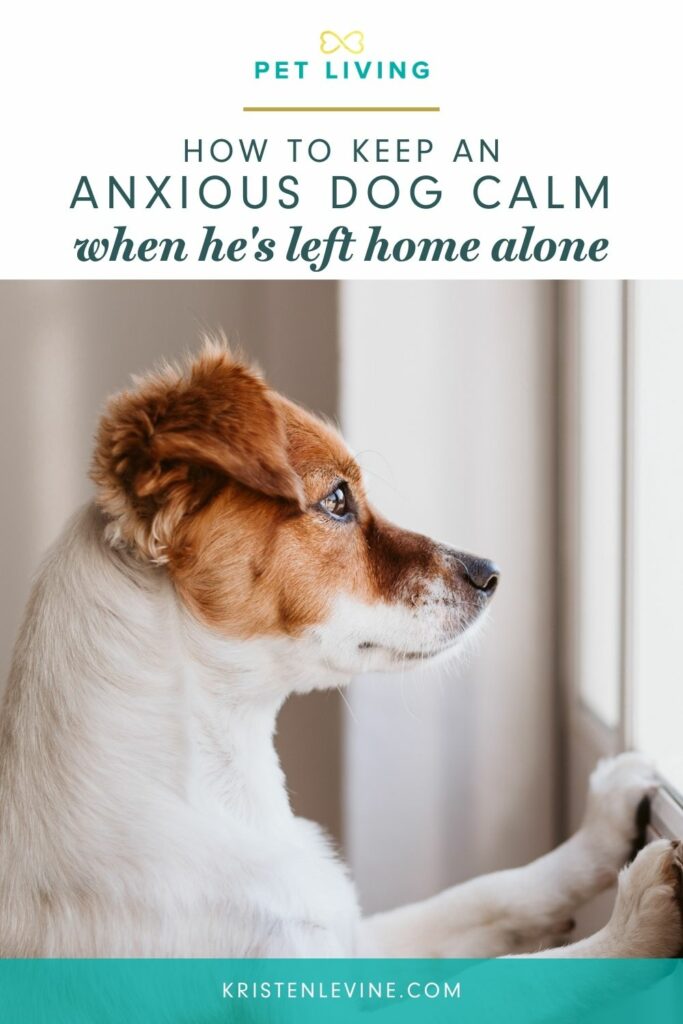
I’m no stranger to this type of behavior. My dog, Buck, the inspiration for Pet Anxiety Awareness Month, had severe separation anxiety. When we would leave the house, he would claw at drywall, doors, and doorknobs. He not only caused a lot of property destruction but even caused harm to himself.
You see, for a dog with separation anxiety, the feelings of abandonment are real and terrifying. You might equate it to what a human experiences during a panic attack.
When a dog experiences severe separation anxiety, he may:
- drool heavily
- experience racing heart
- vomit
- hyperventilate
- bark, howl, or whine
- pace or circle
- defecate or urinate
- destroy property, such as furniture, doors, or walls
Typically these behaviors escalate. In the beginning, your dog may simply follow you to the door or look depressed as you’re getting ready to leave. But left unaddressed, these small behaviors can turn into monster reactions and full-fledged separation anxiety.
Before we got Buck the help he needed, we had to make sure one family member was with him 24/7. Clearly, that’s no way for dogs or their pet parents to live!
Why Do Dogs Get Separation Anxiety?
Before you go blaming yourself for your dog’s separation anxiety, it may help for you to know that Dr. Lisa Radosta, DVM, DACVB of Florida Veterinary Behavior Service in West Palm Beach, Florida, reassures pet parents, “It’s not about you.”
In fact, she says the number one reason why some dogs have separation anxiety is DNA and you have zero control over that! Just like you can’t change the color of your dog’s eyes, you can’t control his likelihood of developing separation anxiety.
Other factors come into play too.
One is traumatic events. This was the case for Buck. I adopted him from a shelter and as is the case for many shelter dogs, he quickly became attached and that attachment grew into a fear of abandonment. Many shelter dogs have experienced abuse or neglect in their past and that further feeds anxious behavior. Your dog can have PTSD!
A life change like a move or losing a family member can also traumatize your dog. Really, any sudden change in circumstances can affect your dog’s anxiety level.
Lastly, lack of alone time, especially early on in life, can cause your dog to develop separation anxiety.
I adopted my puppy, Tulip, during the COVID-19 quarantine, so I was at home with her during our first year or more together. This was the case for many dogs during the pandemic, leaving pet parents worried about how their dog would adjust to a “new normal” after activity outside the house resumed.
To my dismay, but definitely not to my surprise, Tulip began exhibiting some mild signs of separation anxiety. However, my experience with Buck taught me there are things to do to alleviate or even avoid separation anxiety.
How to Keep Your Dog Calm While You’re Not Home
To begin, it’s important to work with your dog regularly to retrain their mind and think of your leaving the home as a good thing. This is their downtime when they get to sleep, walk around, or even play a bit without their humans.
To help them make that association, reward them as you’re getting ready to go. If you notice they’re observing intently as you do your hair, give your dog a treat. Make sure their behavior is as it should be before you leave, and reward them again.
Finally, when you’re heading out the door, don’t make a fuss! This is so hard because as pet parents, we love to fuss over our fur family. But simply saying “bye” and leaving will help reinforce the idea that your leaving is really no big deal.
But what happens when the door is shut and now your dog is finally home. Alone. It’s so quiet and lonely! This is when complementary therapies that you’ve integrated into their life come into play.
One of the best therapies I’ve found is DOGTV. Yes, it’s TV for dogs!
It was created with the help of veterinarians and is designed exclusively for dogs. Although, I have to admit I find myself watching it too.
DOGTV is more than just entertainment for your dog. The programming contains individual segments, each designed to provide mental stimulation and to be engaging for your dog.
There are segments for exposure, getting them used to hearing things like doorbells, barking, and street noise. There are also segments for stimulation, designed to engage your dog’s brain. This is very important to alleviate separation anxiety. A dog with an engaged brain has less opportunity to experience anxiety.
There are also calming segments that feature outdoor scenes and soothing music. And while you might think this is the best type of programming for your dog’s anxiety, really all the segments work together to keep your dog’s brain engaged, but calm.
Even the colors are designed with your dog in mind!
I began using DOGTV years ago, with my dog, Chilly. Although I work from home, I frequently travel and have work calls nearly every day, so it’s important to me to keep my dogs engaged, calm, and entertained even when I’m home with them.
Now that they’re used to DOGTV, I find leaving it on for them, especially when I’m gone, makes a world of difference in their mood and behavior.
If you’d like to try DOGTV for your dog, you can try it free for 30 days with code PETLIVING.
Although DOGTV is very effective at curbing separation anxiety, severe cases may require medication and possibly help from a veterinary behaviorist. If you need help finding a behaviorist in your area, please visit dacvb.org.
Can Dogs Be Cured of Separation Anxiety?
Dr. Radosta notes that while we can’t say most dogs will be cured of separation anxiety, with behavior modification and the right therapies, your dog’s separation anxiety symptoms may become almost imperceptible.
My dog Buck finally had to take medication for his anxiety. But I wish I had known about other therapies early on because we may have been able to curb the symptoms and maintain his quality of life before his anxiety escalated as it did.
If your dog is showing symptoms of separation anxiety, don’t wait to get help! We owe it to our dogs to be their advocate, caregiver, friend, and family.

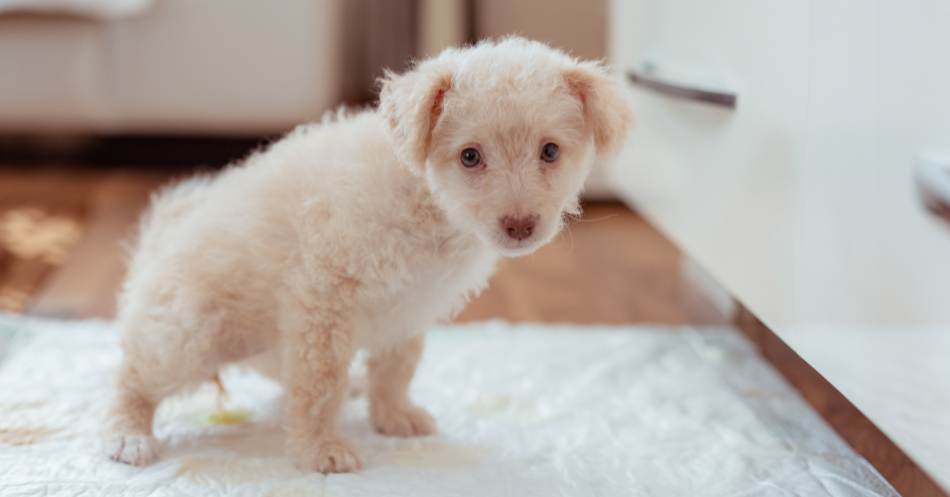

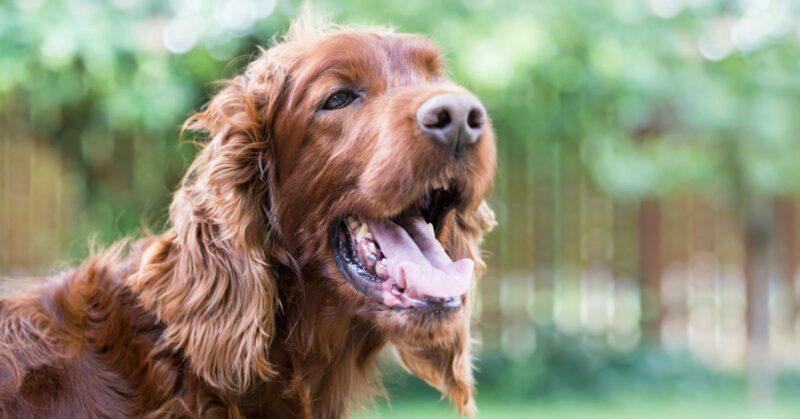
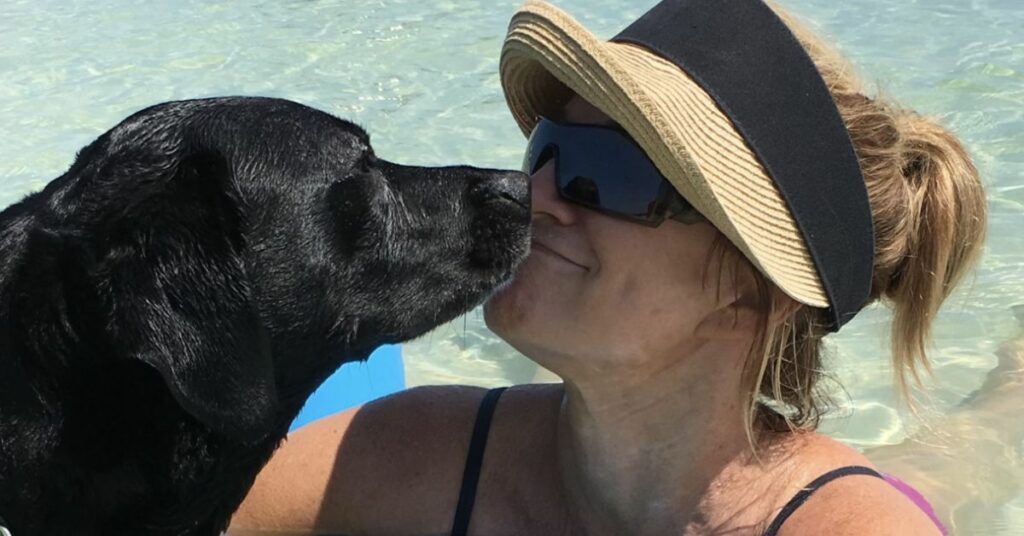
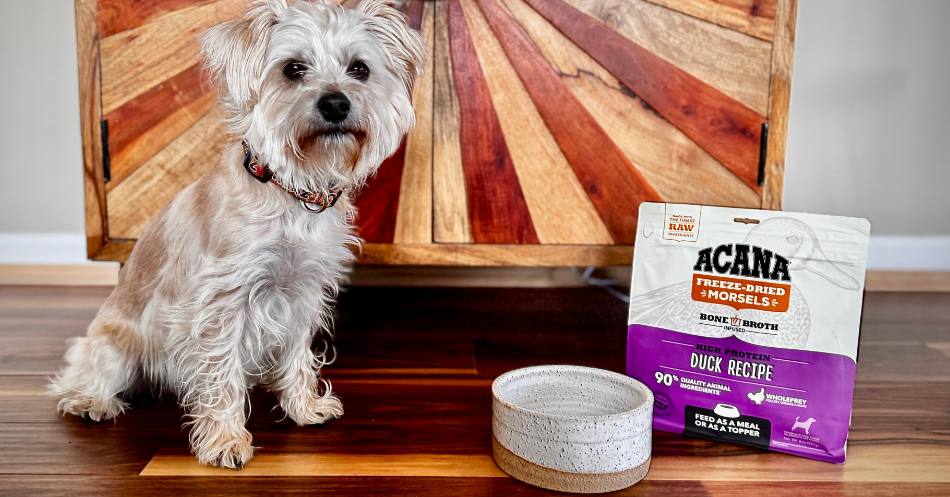
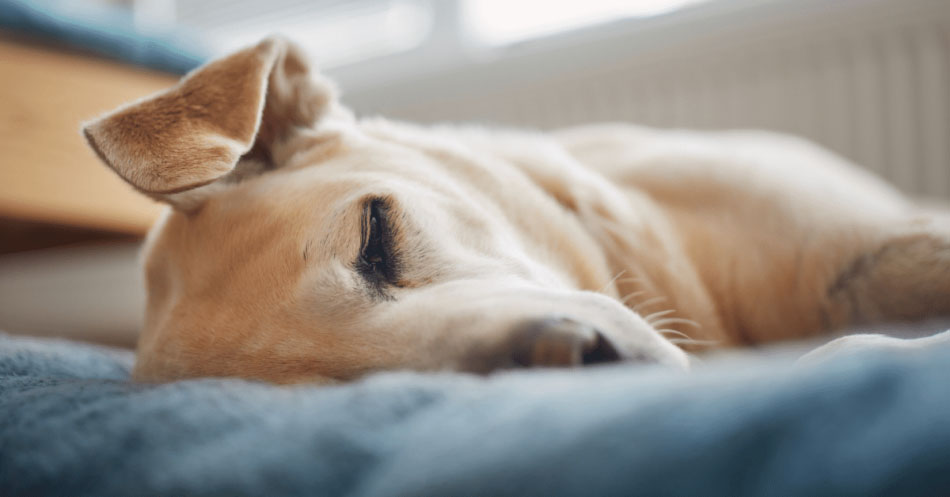
Going to definitely try this!
Learned alot on ur video it was awesome thank you for teaching me
Very informative. My Vet when I mentioned my dogs anxiety issues, didn’t say anything how to make it easier on both me and the dog. Automatically gave a script for Trazadone, the same med and dosage I take. My dog weighs 20 lbs and I weigh 130 lbs and know what happens when I take it. No way would I ever give my pupper knowing how I felt after taking it.
The video were helpful